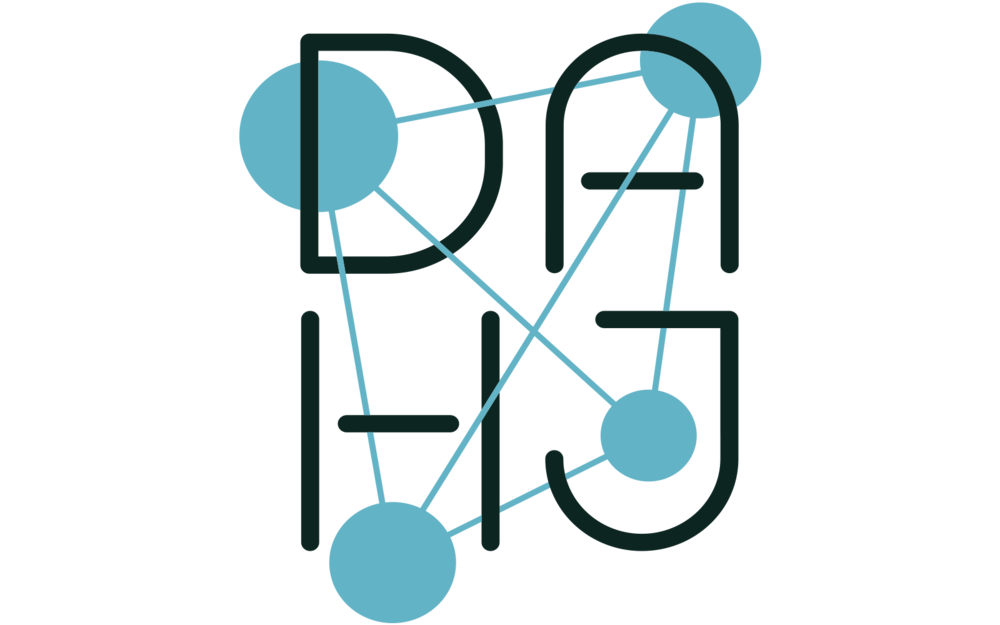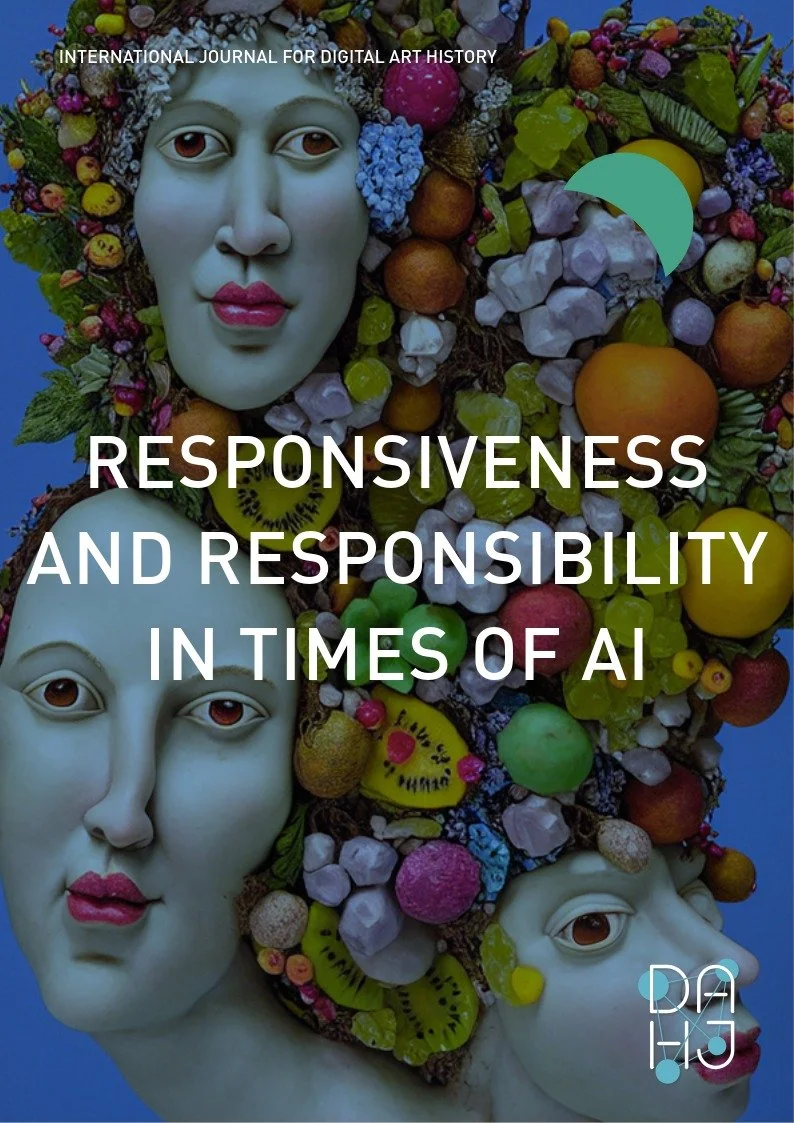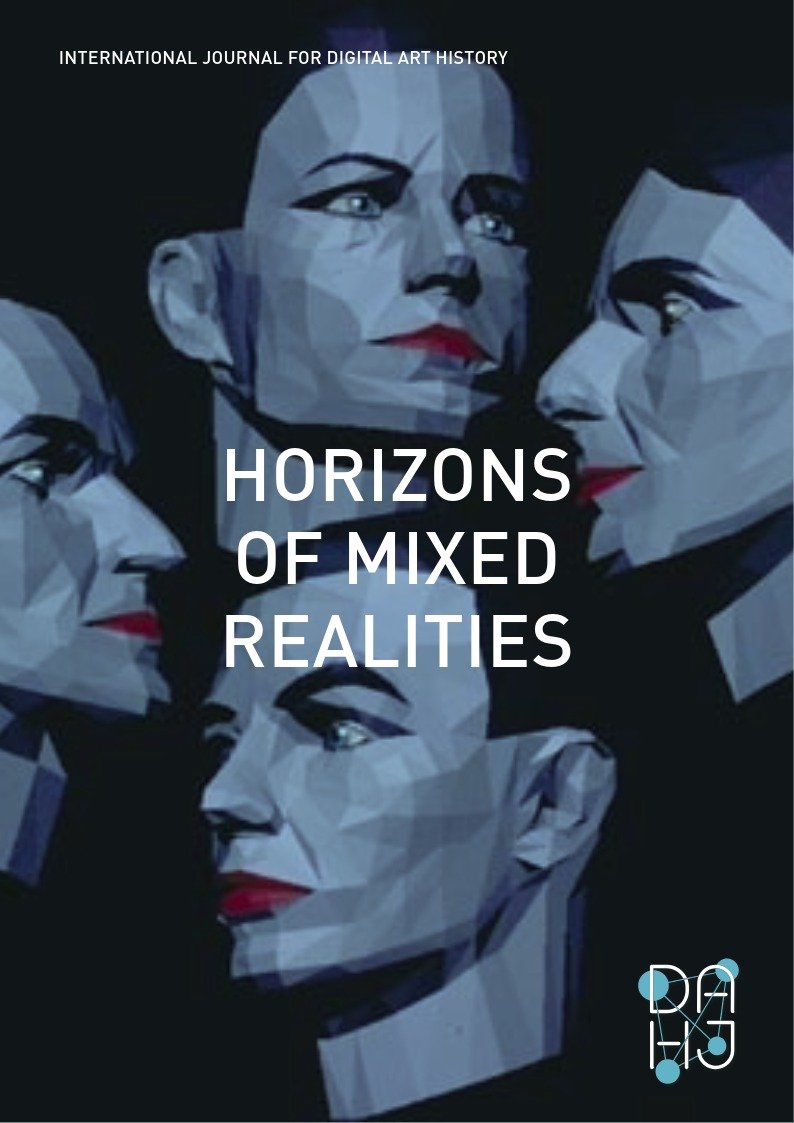The International Journal for Digital Art History
The peer-reviewed, open-access journal gathers current developments in the field of digital art history and fosters discourse on the subject from both art history and information science.
Recent Articles
Browse by Category
New thematic categories are introduced in DAHJ calls for papers. Articles are published on a rolling basis.

























